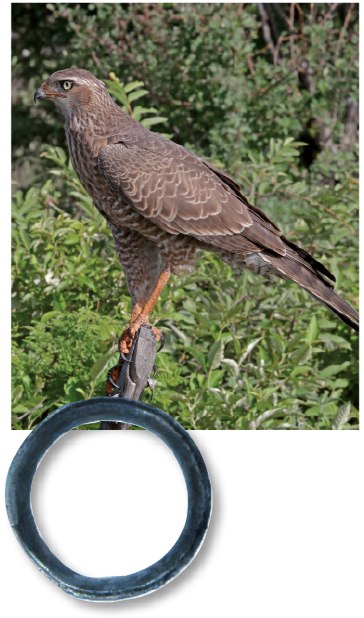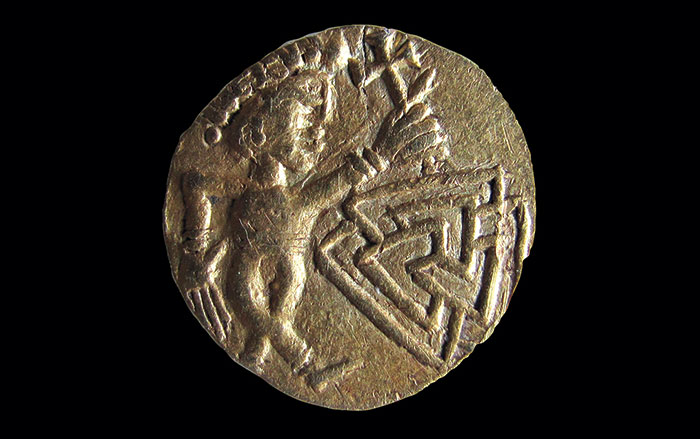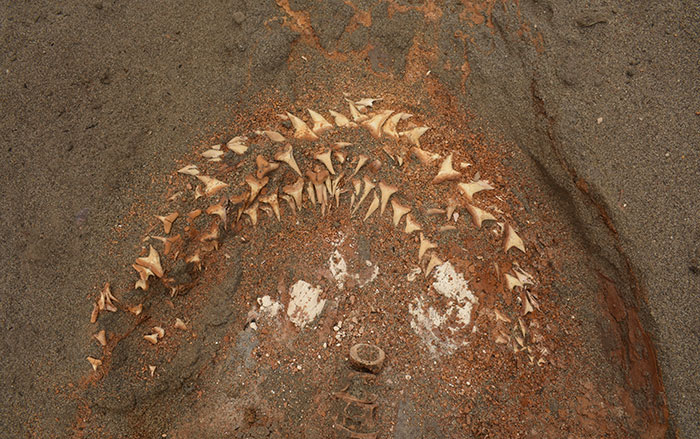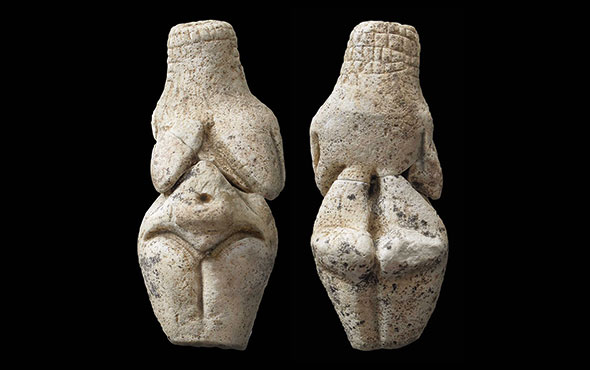
A seventeenth-century silver hawking ring called a vervel has been uncovered in a field near the town of Harwich, on the southeast coast of England. An inscription on the vervel links the artifact to a man named Thomas Playters, a member of the gentry who bore the title Baronet of Sotterley. The ring would have been placed on a hunting raptor’s leg, to attach the bird to a perch via a line. “Vervels are very helpful items when it comes to tracing individuals through history, especially when they are inscribed,” says Sophie Flynn, finds liaison officer for the Portable Antiquities Scheme at Colchester and Ipswich Museums. She notes that while most vervels discovered in Britain are made of silver, those crafted from copper and bronze do turn up as well. Finding more examples made from cheaper materials may help determine to what extent hawking was—or was not—the exclusive preserve of the upper classes.












